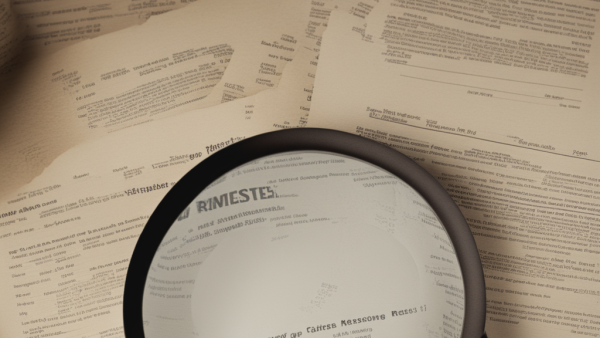
Last updated: July 08, 2022
International commercial shipping can be a tricky industry to understand.
Typically, as goods travel thousands of miles, there are multiple handlers and carriers along their journey. With so many parties handling the cargo, it can be challenging to pinpoint who is responsible for loss or damage to the goods at each stage. It can also be challenging to decide who pays for what at different stages of the journey. For example, who is responsible for loading the goods from one vessel to another? Who must pay for the necessary customs clearances in the export and import countries?
Luckily, the International Chamber of Commerce banded together to create international commercial terms for shipping, known as Incoterms.
This article will tell you everything you need to know about Incoterms.
Table of contents
- Introduction to Incoterms rules
- What are the elements of Incoterms rules?
- What are the four categories of Incoterms 2020?
- E-terms
- F-terms
- C-terms
- D-terms
- Separate categories for transport modes
- Who decides what Incoterms to use?
- How do I know what Incoterms to use?
- Did Incoterms change after Brexit?
- Do Incoterms apply to domestic shipments in the UK?
- Which Incoterm is best for buyers?
- Which Incoterm is best for sellers?
Introduction to Incoterms rules

Incoterms are standardised shipping protocols (international commercial terms) created by the International Chamber of Commerce in 1936. They were initially constructed to define who is responsible for what during international transactions.
The Incoterms define tasks, risks, and costs involved during international trade. They provide a uniform interpretation of the international commercial terms for the delivery of goods in international transactions and help reduce costly misunderstandings between buyers and sellers.
Each Incoterm has a three-letter code to abbreviate the name in shipping policies. For example, the code for the Ex Works Incoterm is EXW, and the code for Carriage Paid To is CPT.
Today, anybody involved in the supply chain uses Incoterms to deliver goods internationally. Some familiar users are buyers, sellers, traders, manufacturers, governments, and banks.
When using standardised Incoterms, both parties in the contract know what to expect. As a result, potential misunderstandings that might arise along the shipping process have been ironed out.
What are the elements of Incoterms rules?

Every Incoterm is a shipping policy that both parties must agree upon before finalising the sale.
Elements of a typical Incoterm contract include:
Tasks involved in shipping
Which parties hold the responsibility for risk
Which party is responsible for costs
Delivery of goods
Which party will obtain insurance
Customs and taxes
In addition to these elements, Incoterms also outline the following scenarios:
Who pays for the main transport
Where the delivery takes place
Where and when the risk is transferred
Who bears costs from fees arising during transportation
What are the four categories of Incoterms 2020?
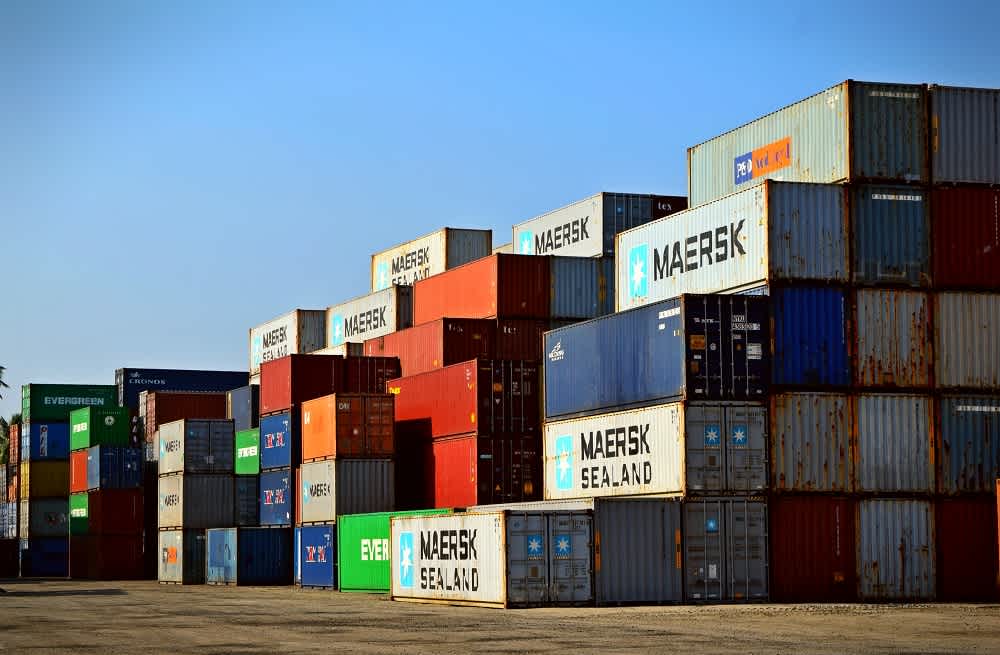
Currently, there are eleven different Incoterms available that are divided into four separate groups: E-terms, F-terms, C-Terms, and D-terms.
Each category determines the delivery location and who is responsible for which costs at different journey stages.
E-terms
Ex Works (EXW) is the only Incoterm in the E-category, and it places the maximum responsibility on the buyer’s side.
Ex Works (EXW)
Ex Works (EXW) is an Incoterm that places maximum responsibility on the buyer. It dictates that the seller has fulfilled all obligations as soon as the goods are made available to the buyer, usually at the seller’s premises.
The seller does not need to load the goods on the buyer’s truck but is likely to do so to prevent any non-employees from walking around their premises. From then, the buyer is responsible for the entire logistics process. In addition, the buyer must make arrangements with the freight forwarder for the main carriage and handle all import and export formalities.
The risk transfer occurs as soon as the goods have been delivered to the buyer at the seller’s warehouse.
F-terms
The F-group contains FCA, FAS, and FOB. Here, the seller is responsible for delivering the goods to the transport mode arranged by the buyer. After the goods have been delivered to the ship, the responsibility is transferred from the seller to the buyer.
Free Carrier Agreed (FCA)
Free Carrier Agreed (FCA) is the only Incoterm in the F-group suitable for any mode of transportation. Moreover, it is the least risky form of transport for sellers besides Ex Works as the buyer bears most of the costs.
FCA dictates that the seller of the goods is responsible for delivering said goods to a destination that the buyer requests - usually a shipping vessel in the export country. The seller must also arrange any export clearance for the goods and load them onto the carrier.
Risk transfer occurs when the seller delivers goods to the carrier nominated by the buyer at the named place - whether it be a port, the forwarder’s warehouse, or the seller’s premises.
Free Alongside Ship (FAS)
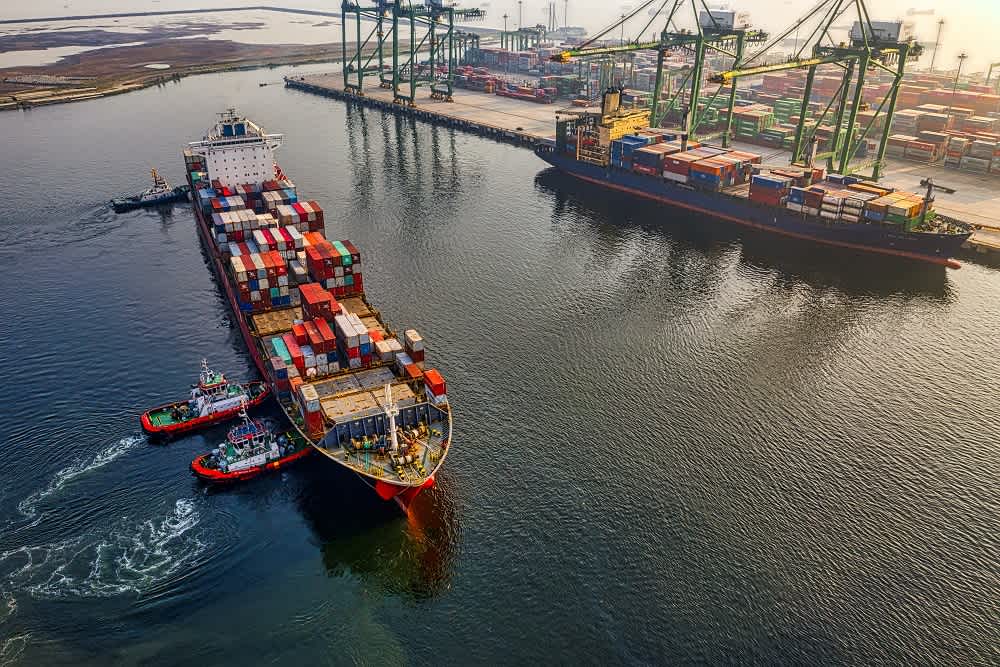
Free Alongside Ship (FAS) only applies to sea and inland waterway modes of transport.
Under Free Alongside Ship, the seller must arrange for the goods to be delivered at a port named by a buyer and deliver said goods alongside the buyer's nominated vessel. This is to ensure that goods can be loaded quickly.
The seller is responsible for handling export formalities but is not obligated to load the goods onto the buyer’s vessel.
The transfer of risk occurs when the goods are delivered alongside the nominated ship, ready to be loaded. The buyer then assumes all the costs and responsibility for any main and onward carriage.
Free on Board (FOB)
FOB is only applicable to sea and inland waterway modes of transport.
Free on Board has two forms of Incoterms: Free on Board Origin and Free on Board Destination.
Under FOB Origin, the seller is responsible for transporting the goods from the origin point to the shipping point and is responsible for loading the cargo onto the ship. They must also handle the export formalities. Under FOB Destination, the seller delivers the goods from the origin point to the shipping point and is responsible for loading the cargo onto the ship. They are responsible for main carriage costs to the final destination, but the buyer handles import formalities.
In both categories, the risk transfer occurs as soon as the seller loads the goods onto the nominated shipping vessel.
C-terms
The C-group contains CFR, CIF, CPT, and CIP. Here, the seller is responsible for all transportation costs until the destination port in the buyer’s country, including any export formalities.
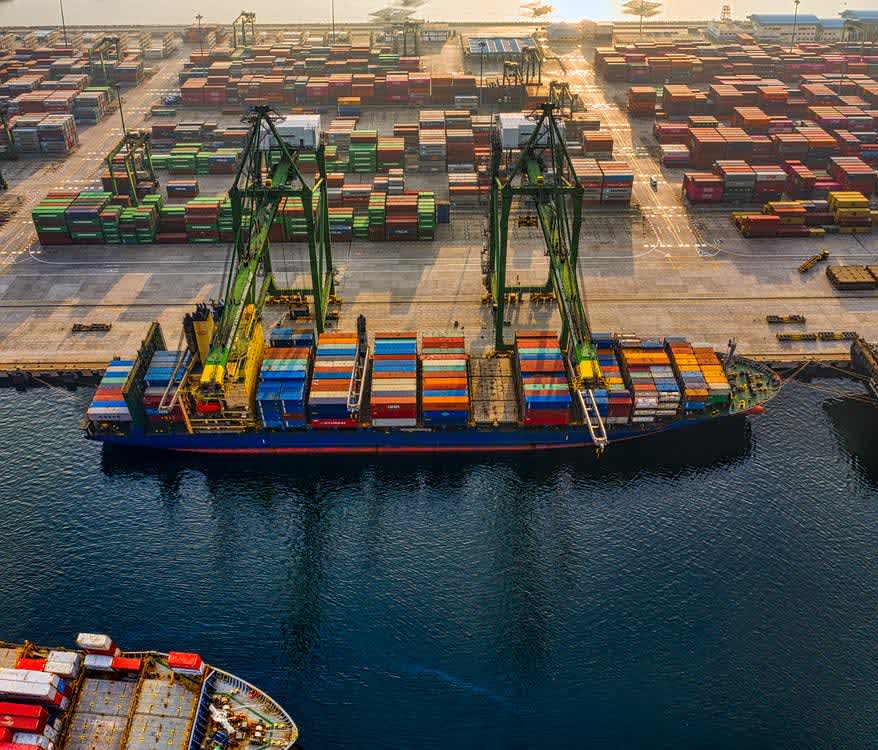
Cost and Freight (CFR)
Cost and Freight (CFR) only applies to sea and inland waterway modes of transport.
Cost and Freight state that the seller delivers the goods on board a specific vessel contracted by themselves. They are also responsible for paying for the main carriage to the named overseas destination point and must handle the export customs duties. The buyer handles unloading at the destination port.
The transfer of risk occurs as soon as the seller loads the goods on board the vessel. This is a different point to the cost transfer as the seller is still responsible for the main carriage to the destination port.
Cost, Insurance, and Freight (CIF)
Cost, Insurance, and Freight (CIF) only applies to sea and inland waterway modes of transport.
Under Cost, Insurance, and Freight, the seller is responsible for the cost of carriage to the origin port, loading onto the main vessel, and the cost of the main carriage to the destination port. However, the buyer is responsible for unloading at the destination port.
In addition, CIF is one of the only two Incoterms that dictates the seller is responsible for arranging insurance for the buyer. CIF requires a minimum level of insurance paid as identified by Clause (C) of the Institute Cargo Clauses, and the coverage should be at least 110% of the value of the goods.
The risk transfer from the seller to the buyer occurs as soon as the goods have been loaded on the shipping vessel bound to the destination port. So, again, risk and cost transfer occur at different points in CIF.
Carriage Paid To (CPT)
Carriage Paid To (CPT) can be used in any mode of transport.
Carriage Paid To states that the seller bears the costs for transporting goods to a nominated place at the buyer’s request. The seller is responsible for contracting the vessel for the main carriage and is also responsible for export customs clearance. The unloading at the destination port is negotiable between buyers and sellers in the sales contract.
The risk transfer occurs when the seller gives the goods to the first carrier in the logistics process, likely a truck that arrives at the seller’s warehouse.
Carriage and Insurance Paid To (CIP)
Carriage and Insurance Paid To (CIP) can be used in any mode of transport.
Carriage and Insurance Paid To states that the seller bears the costs for transporting the goods to the nominated place requested by the buyer. In addition, the seller is also obligated to arrange export clearance, unloading at the destination port, and pay for any insurance associated with delivering the goods to the named place of destination.
CIP is one of the two Incoterms that obligate the seller to arrange insurance for the buyer - the other being CIF.
The risk transfer occurs when the seller loads the goods on the first carrier at the origin terminal.
D-terms
The D-group contains DAT, DAP, and DDP. Here, the seller must deliver the goods to a stated destination and is responsible for handling all the transportation costs and export clearance.
All of the D-group Incoterms can be used on any mode of transport.
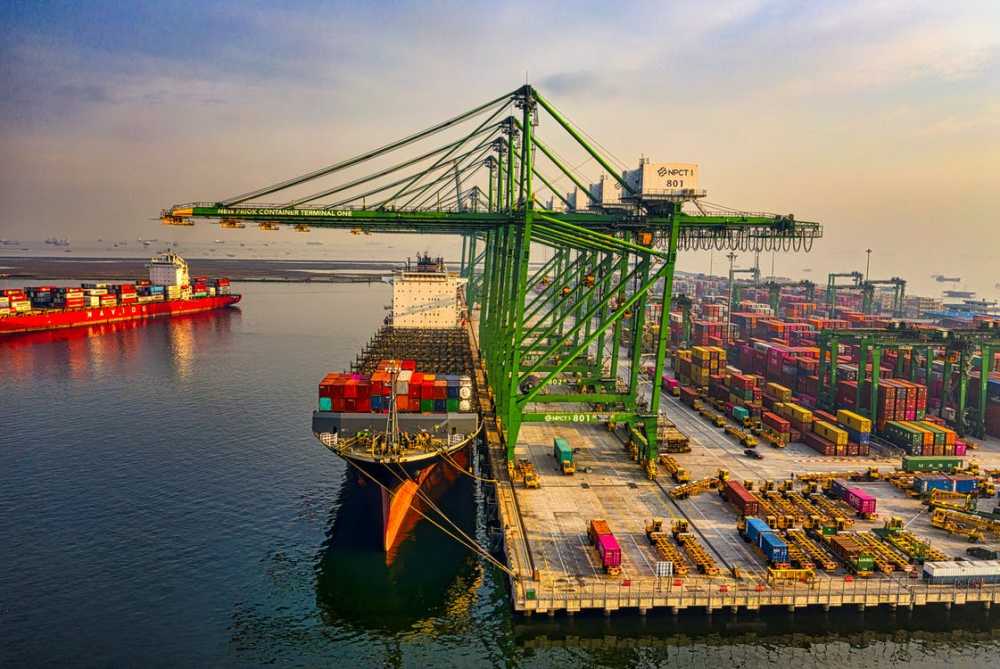
Delivered At Terminal (DAT) (A.K.A Delivered at Place Unloaded (DPU))
Delivered at Terminal (DAT) is now known as Delivered at Place Unloaded (DPU) in the new Incoterms 2020 update.
Under DAT, the seller is responsible for the goods until they have arrived at a named terminal in the buyer’s country. As the named terminal can also be a quay, warehouse, or container yard, the new Incoterms 2020 changed DAT to DPU to clarify this.
The seller is also responsible for unloading the goods once the shipment has arrived at the named terminal and has to pay for onward carriage to the destination. They are also responsible for unloading goods at the designated destination place.
The seller handles export clearance, but the buyer handles import customs formalities.
The risk transfer occurs when the goods have been unloaded at the named place. The risk transfer and the cost transfer occur at the same point.
Delivered at Place (DAP)
Delivered at Place (DAP) is very similar to DAT, except that unloading the goods at the destination is the buyer's responsibility.
The risk transfer occurs when the goods are unloaded at the agreed-on place.
Delivered Duty Paid (DDP)
Delivered Duty Paid (DDP) is on the opposite side of the spectrum from Ex Works as it places the maximum responsibility on the seller.
Under DDP, the seller is responsible for delivering the goods to the buyer’s named place in their country. The seller must unload the goods at the destination and is responsible for all import and export formalities, such as duty, clearance, and tax.
The risk transfer occurs when the goods are made available to the buyer as they reach the named destination.
Separate categories for transport modes
These eleven Incoterms are further divided into two categories depending on the transport mode allowed.
Incoterms for all modes
There are a total of seven Incoterms that can be used for any mode of transport. These can be sea, air, or rail freight. It can also be used for road and inland waterway transport.
The Incoterms in this category are:
EXW
FCA
CPT
CIP
DAP
DAT/DPU
DDP
Incoterms for just sea
The second category restricts usage to just sea freight or inland waterway modes of transport.
The Incoterms in this category are:
FAS
FOB
CFR
CIF
Who decides what Incoterms to use?
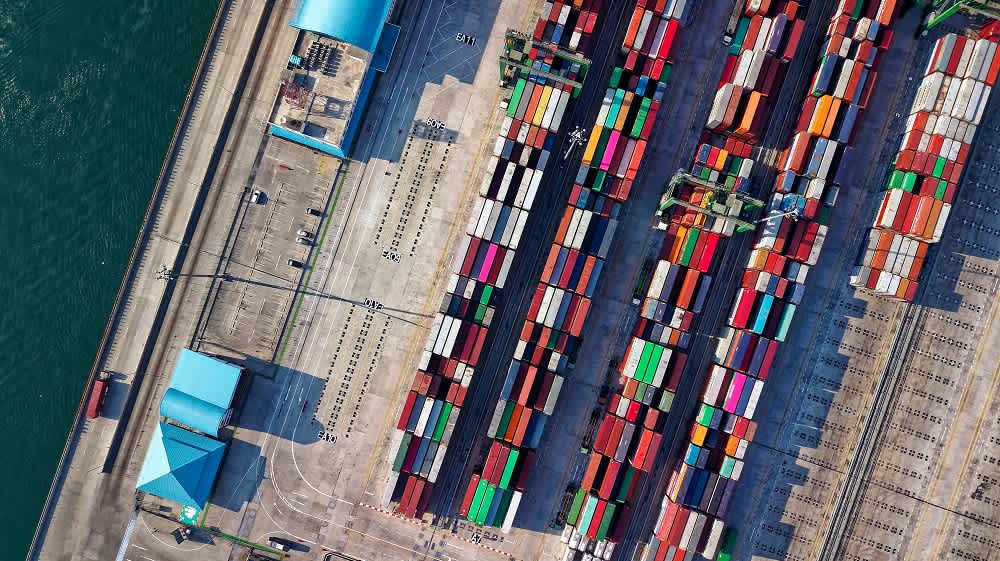
Typically, the Incoterm used in the trade is agreed upon by both parties during the negotiations. As both parties have obligations in the majority of Incoterms, it is essential that both the buyer and seller can fulfil their responsibilities.
In addition, external parties might influence the Incoterm used in international trade. For example, banks might prefer some Incoterms that provide proof of delivery earlier in the logistics chain.
However, in most cases, the buyer and seller negotiate together to decide the Incoterm used.
How do I know what Incoterms to use?
Choosing the right Incoterm is vital because you don’t want to be overpaying for goods or using shipping policies that expose you to the risk of loss or damage without insurance.
There are several factors to consider when choosing which Incoterm to use:
Level of responsibility
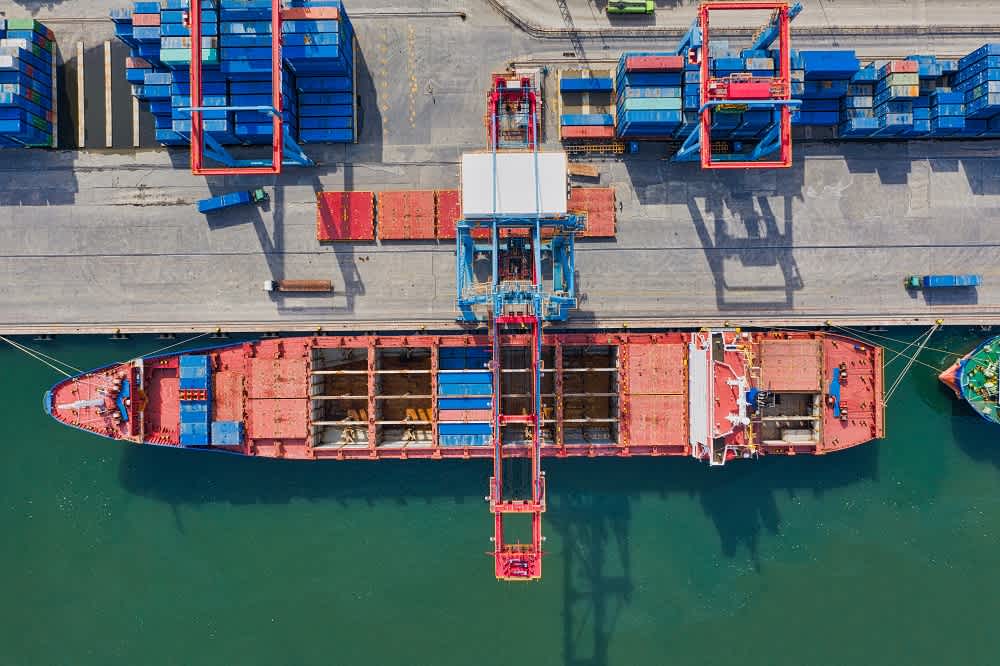
One of the most important factors to consider is the level of responsibility that you or your business are comfortable accepting.
If you are experienced in shipping logistics and have established relationships with freight forwarders, you might be comfortable handling the main carriage. In this case, Incoterms such as EXW, FCA, FAS, and FOB might be your best options.
Otherwise, it might be best to allow the seller to arrange the main carriage and use Incoterms in the C-Group and D-Group.
Customs process
It is always essential to choose Incoterms where you can handle the customs procedures in the respective countries.
Most buyers are comfortable with arranging import customs clearance in their own country. This would include import duties, clearance, and taxes.
However, obtaining export customs clearance in a foreign country is riddled with bureaucracy and might not be easy to process. Therefore, if your business regularly handles customs procedures for importing and exporting, and is comfortable with arranging the main carriage for the delivery, then Ex Works is the ultimate option.
However, if you are not comfortable obtaining relevant export clearance, then EXW isn’t an Incoterm you should use.
The operating capacity of the supplier
A supplier's level of operating capacity at a given time will likely affect the Incoterms they are willing to accept.
For example, businesses with little experience handling shipping processes might only accept Ex Works Incoterms because it leaves the entire logistics chain with the buyer.
In addition, Ex Works is also great for manufacturers and suppliers solely dedicated to selling in domestic markets. These sellers do not have relevant export licences, and EXW would be the only Incoterm they can accept.
On the other hand, some suppliers might already have their own logistics supply chain and would be happy to arrange the main carriage. However, they are always likely to pass on the costs to the buyer in the sale price.
What were the changes in Incoterms 2020?

The International Chamber of Commerce (ICC) Drafting Group congregates every ten years to update the Incoterms.
The latest update was Incoterms 2020, which included some subtle changes from Incoterms 2010.
One significant update is that the Delivered at Terminal (DAT) Incoterms name was changed to DPU (Delivery at Place Unloaded).
Originally, DAT defined the delivery to be made at the terminal. This led to confusion because the Incoterms stated that the delivery place could be anywhere, such as the buyer’s premises. The name update allowed the Incoterm to cover any place instead of a terminal.
Another update was regarding the change of Insurance coverage in CIF and CIP.
Under both Incoterms, the seller must obtain insurance coverage for the buyer. However, under the Incoterms 2010, the insurance required was under clause “C” of Institute Cargo Clauses. With the Incoterms 2020 update, CIP requires insurance to comply with Institute Cargo Clause (A).
This is likely to provide a more comprehensive level of insurance for manufactured goods under Clause A. In contrast, Clause C is expected to be applied to lower-value goods such as commodities.
Did Incoterms change after Brexit?

The Incoterms are international rules, so they did not change because of Brexit. However, selecting the right Incoterm is now more critical after Brexit as the United Kingdom is no longer part of the Customs Union and Single Market. Goods can no longer move freely between the United Kingdom and the European Union. This means that buyers and sellers are in separate customs areas, and customs clearance will be required for each party.
Do Incoterms apply to domestic shipments in the UK?
Yes, Incoterms are not limited to cross-border trading.
Which Incoterm is best for buyers?
DDP is usually the best Incoterm for buyers as it places the maximum responsibility on the seller.
Which Incoterm is best for sellers?
Ex Works is usually the best Incoterm for sellers as it places the maximum responsibility on the buyer.
Conclusion
At first, understanding the individual Incoterms might be confusing. However, the standardised formula created by the ICC has dramatically reduced any misunderstandings that used to occur during international trade. The eleven separate Incoterms cover a wide enough range of use cases, allowing every scenario to have a relevant standardised shipping policy to select.
Written by

Sam founded his first startup back in 2010 and has since been building startups in the Content Marketing, SEO, eCommerce and SaaS verticals. Sam is a generalist with deep knowledge of lead generation and scaling acquisition and sales.


